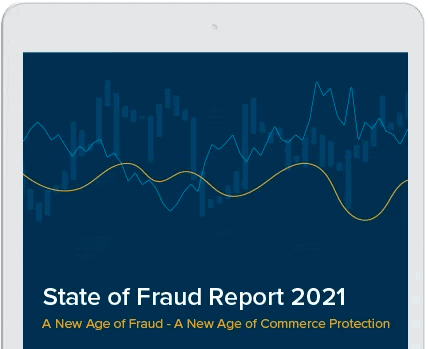Can we all agree that buy now, pay later is a thing now?
Of course, we can. In ecommerce circles, you can’t go 10 minutes without someone mentioning the modern-day way to pay in installments. Is it a sure thing? That’s a whole other question, as was evident at the FLOW Summit 2022, where a BNPL expert took a deep dive into the payment method and its potential.
“Does everyone need it? Maybe not,” said Maggie Lu, the CEO of Fiture and co-founder of Every/Body who was key to accelerating BNPL at Peloton. “But if you’re an ecommerce merchant, you should at least consider testing it. Who knows where it is going to go? But I think it’s definitely here to stay.”
Lu took to the stage at FLOW Summit to talk through some key considerations for merchants contemplating or launching buy now, pay later initiatives.
Do your market research to determine your customers’ appetite for BNPL
Lu did extensive research to determine what customers expected from a BNPL offering. Initially, she and her team assumed the offering would attract younger people with lower incomes, still working their way up. They saw some of that, but increasingly an older, wealthier demographic was as likely to take advantage of BNPL.
Do your homework when selecting a BNPL provider
Lu switched providers when her first choice failed to demonstrate the kind of transparency she needed to determine the success of the program. Customers were put off by the need to move to a second website to complete the transaction. And they found the extensive fine print off-putting. That was no way to make a first impression on a customer.
With BNPL, don’t set it and forget it
Lu has tried ways to keep customers who were initially turned down for BNPL. Require a downpayment. She’s made the method more attractive with pre-qualifying. In short: Try stuff.
First off, is BNPL a no-brainer? Well, no.
Don’t go all shiny object on BNPL
Rather than go all-shiny-object on BNPL, retailers should consider their customers and potential customers. They should think about what they sell and the various price points at which they sell. And consider the big picture, including unintended consequences.
Still, the payment method is worth a hard look. Today payments is viewed as one of a few key areas that merchants can focus on to increase revenue. A recent analysis by 451 Research found that in one 12-month period, online retailers missed out on $20 billion in sales because they did not offer consumers their preferred payment methods.
While Lu’s talk didn’t cover new vulnerabilities exposed by BNPL, risk experts have raised the possibility that BNPL could increase opportunities for return abuse. BNPL makes it easier for fraudsters and consumers with limited funds to wardrobe — buy an expensive garment for one occasion only to return it aftward — or bracket — buying the same or similar item in several sizes, colors, etc. with the intention of returning most of them.
At its core, BNPL is more than just a payment method. It’s a way of thinking, a way of presenting your brand’s story, a way of inspiring consumers to think differently about spending money with you.
“It’s not really just about the dollars,” Lu said. “It’s how the narrative changes.”
BNPL can shift the cost equation for a consumer
For Lu at Peloton, BNPL offered the brand a way to better explain the value a Peloton customer received when purchasing a connected fitness device that cost thousands of dollars. As her team researched the market, they found — not surprisingly — that pricing was the biggest barrier to sales.
“At the same time,” she added, “we also recognized one of the lures to the bike was its high price point. So it almost signified, it’s really high-end, it’s really premium. So we were trying to find a way we could keep our price point and also make it affordable. And that’s when we started thinking about comparing it with cars, which people finance all day long, and also compare that with a gym membership.”
When consumers compared the installment payments for a Peloton bike and membership with their memberships at the local gym, they concluded, “actually, this is really affordable,” Lu said.
But Peloton’s research didn’t stop there. Lu said her team also started digging into the terms of the payments, how long payments should be spread out and what was the ideal monthly payment. The conclusions: The power of 0% financing can’t be overstated, even compared to 1% or half a percent.
There is a BNPL sweet spot
“The number zero really makes a difference,” Lu said. “Another is double digits and three digits makes a big difference.”
And so the team began stretching out the payment terms until they hit the magic sub-$100 monthly payment — $97 in fact. And that’s how Peloton’s repayment period landed at 39 months.
And while making dreams come true is the upside of BNPL, Lu stressed that merchants and brands, working with BNPL providers, need to be responsible to avoid creating personal finance nightmares for customers who could potentially overextend themselves.
Discussions around responsible lending are becoming more prominent in the BNPL world. All of which is another sign of an offering that is maturing and that will be with us for the long haul.
Photo by Amy Lane Albro for Signifyd
Are you transforming your payments stack? We can help








